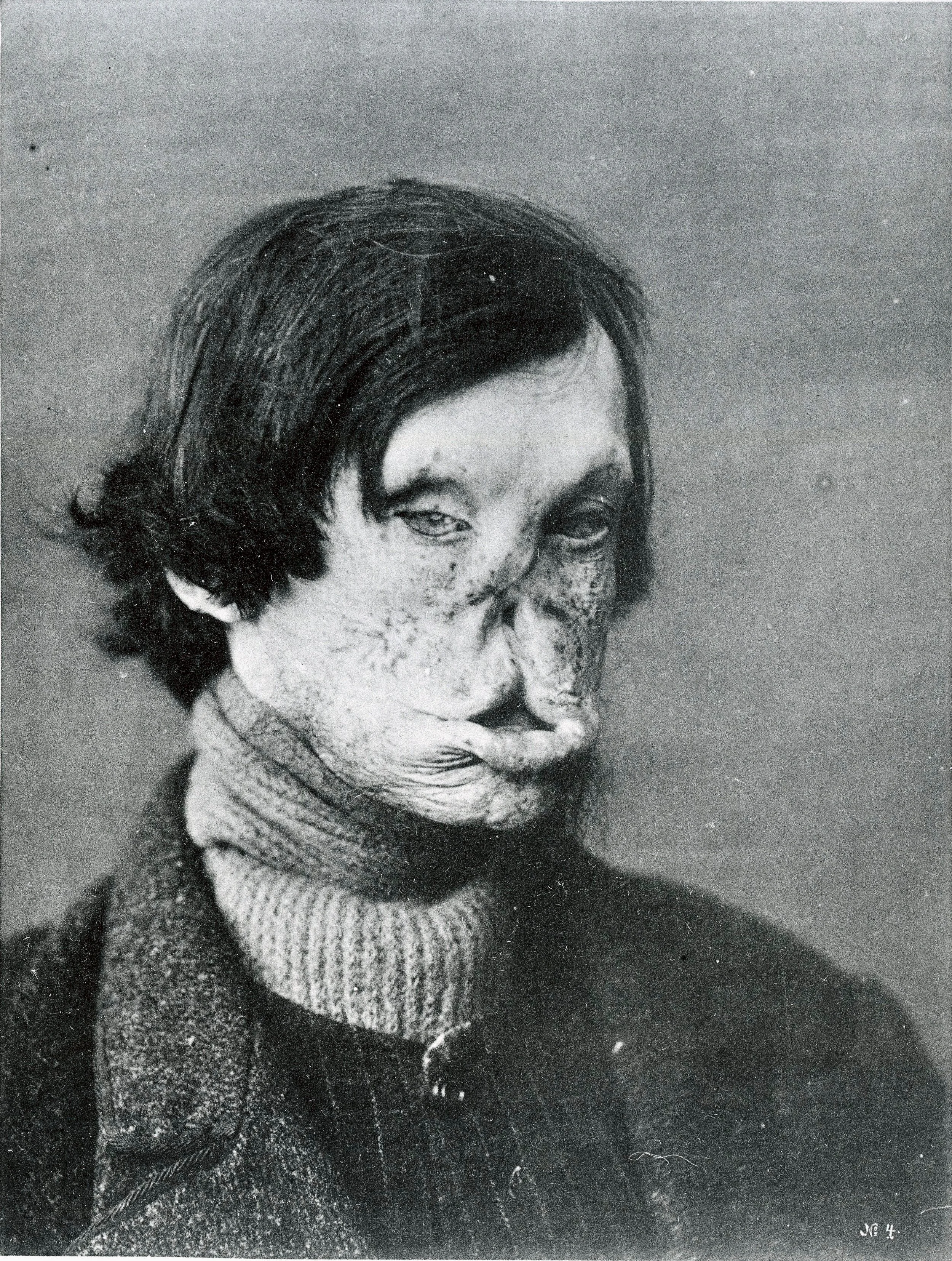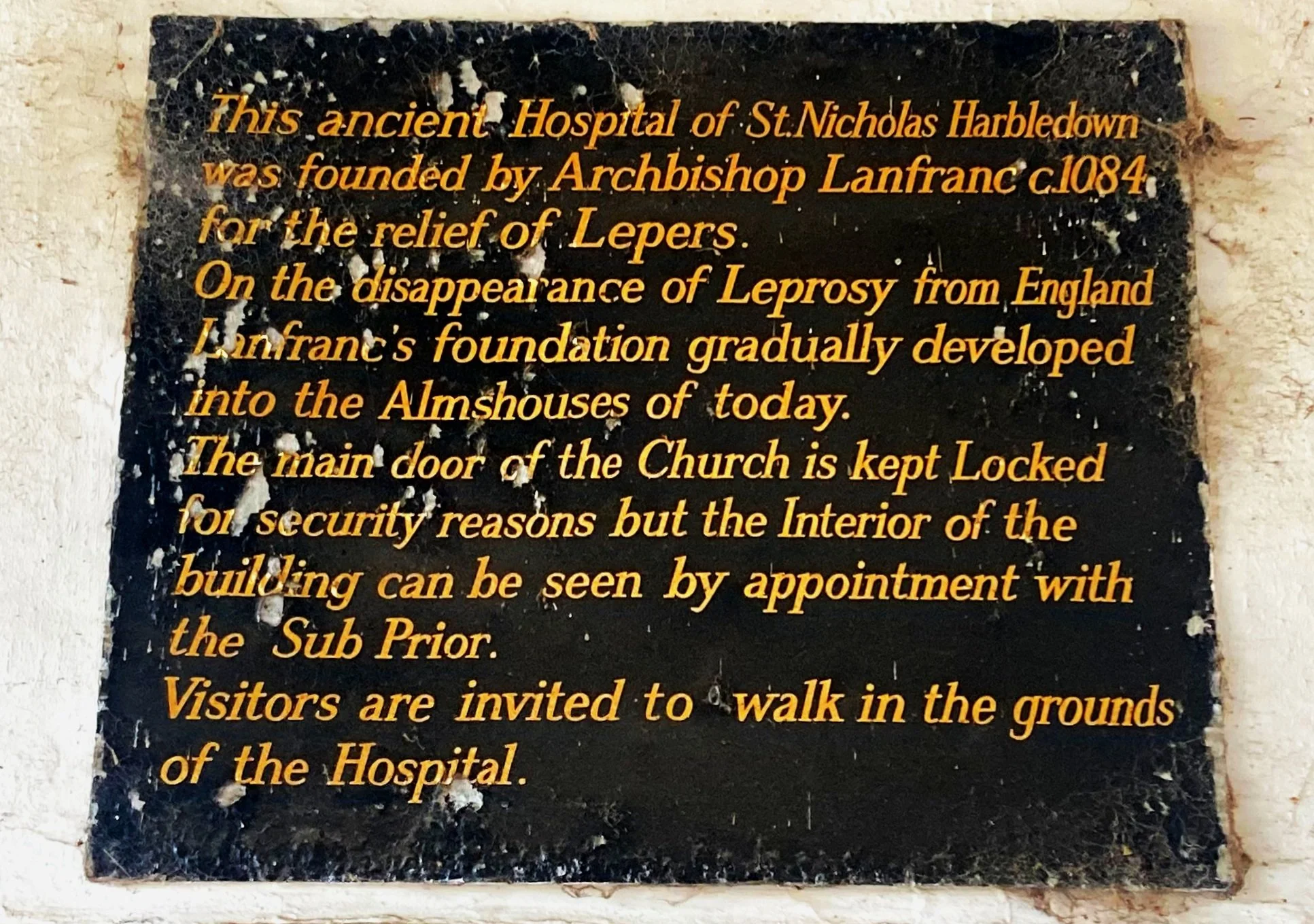St. Nicholas’ Leper Hospital, Harbledown, England
St. Nicholas’ Church and Leper Hospital, Harbledown
Leprosy; One of the World’s Oldest Diseases
When people think of leprosy, they often imagine a medieval peasant with bandaged limbs, a missing nose, and open sores covering their body. But what exactly is leprosy? How do you catch it? And why did it disappear?
Leprosy, otherwise known as Hansen’s Disease, is a chronic infectious disease caused by the bacterium Mycobacterium leprae. Although extremely rare in the Western world today, it can still be found in developing countries with over 100,000 new cases reported yearly. It is transmitted by close and extensive contact with an infected, untreated person, and can take years to begin to show symptoms, if at all. Interestingly, leprosy can also be contracted through handling or eating armadillos, the only other species known to carry this disease.
Symptoms of leprosy often start with pale numb patches appearing on the skin and can progress to involve the underlying nerves in areas like the hands and feet. With the loss of the ability to feel pain, the limbs become more prone to trauma and infections which can lead to the deformities seen in those with advanced leprosy.
Where did it even come from? Leprosy is in fact one of the oldest human infectious diseases known, with evidence of the disease found in India dating back to about 2000 BC. It is thought to have entered England in the 4th century AD, becoming quite prevalent during the Middle Ages. The fear and stigma surrounding the disease led to lepers being segregated from society, forced to wear identifiable clothing, and to carry a bell, informing others of their presence. However, their cause was helped by the New Testament’s depiction of Jesus curing the lepers, thus giving an example of compassion towards those who suffered from the disease and prompting the building of leper hospitals around the country.
From the 1400s onwards, the prevalence of the disease started to take a downturn in Western Europe, in part due to the segregation techniques in use to stop the spread, as well as what is thought to be an increase in resistance against the disease within the general population. The last acquired case in the UK was reported in the 1950s, though the US still seems to have a number of homegrown cases, coincidentally where armadillos are known to wander! Further good news is that leprosy is now completely curable by using a prolonged regimen of antibiotics which are provided for free by the World Health Organization.
From the Welcome Collection Gallery: A patient with Tuberous Leprosy, 1895
A Place of Refuge for the Lepers
St Nicholas’ Church and Leper Hospital was built in the year 1084 by Lefranc, the Archbishop of the neighbouring Canterbury Cathedral. The church and leper hospital are amoung the oldest in England purposely built to house and treat those afflicted with the disease.
Leprosy began to spread across England from the 4th century AD and was rampant by the year of the hospital's foundation. The stigma associated with the disease was high and people were shunned from society out of fear. They needed a place to live, pray, and be cared for, thus the ‘lazars’ or leper houses were formed and run by the monks of the connected churches.
St. Nicholas' sloping floors offer insight into its history, allowing for quick cleaning after the lepers' prayer time was finished. The people who lived at this site were not prisoners, though located out of the main town, as leper hospitals often were, they were free to have visitors and leave the grounds in order to beg or trade with those passing by. St Nicholas' was conveniently located for this purpose, as many pilgrims would pass by on their way to pay homage to Thomas Becket at the nearby Canterbury Cathedral.
As leprosy began to wane in England in the 14th century, the site was converted to almshouses to care for the old, poor, and disabled. Today, the buildings still provide housing, though none of the residents are lepers to my knowledge!
A plaque at the entrance to the church grounds
Top Tips
Harbledown is a very small town just outside of Canterbury in Kent, England. St Nicholas’ Church and Leper Hospital can be found just off the main road that runs through the town.
The Grounds themselves are quite small with not much to see aside from the church exterior, but as the plaque above states, the inside can be viewed by appointment ahead of time if so desired.
Harbledown itself is quite small, but there is a nice pub in the town, as well as a lovely old cemetery at St Michael’s Church that can be found up the road. All of the sights can easily be combined with a day out in Canterbury.
There is lots of parking available on the main street for free if coming by car, alternatively, St Nicholas’ Church is reachable on foot if walking from Canterbury, taking just over 20 minutes.


